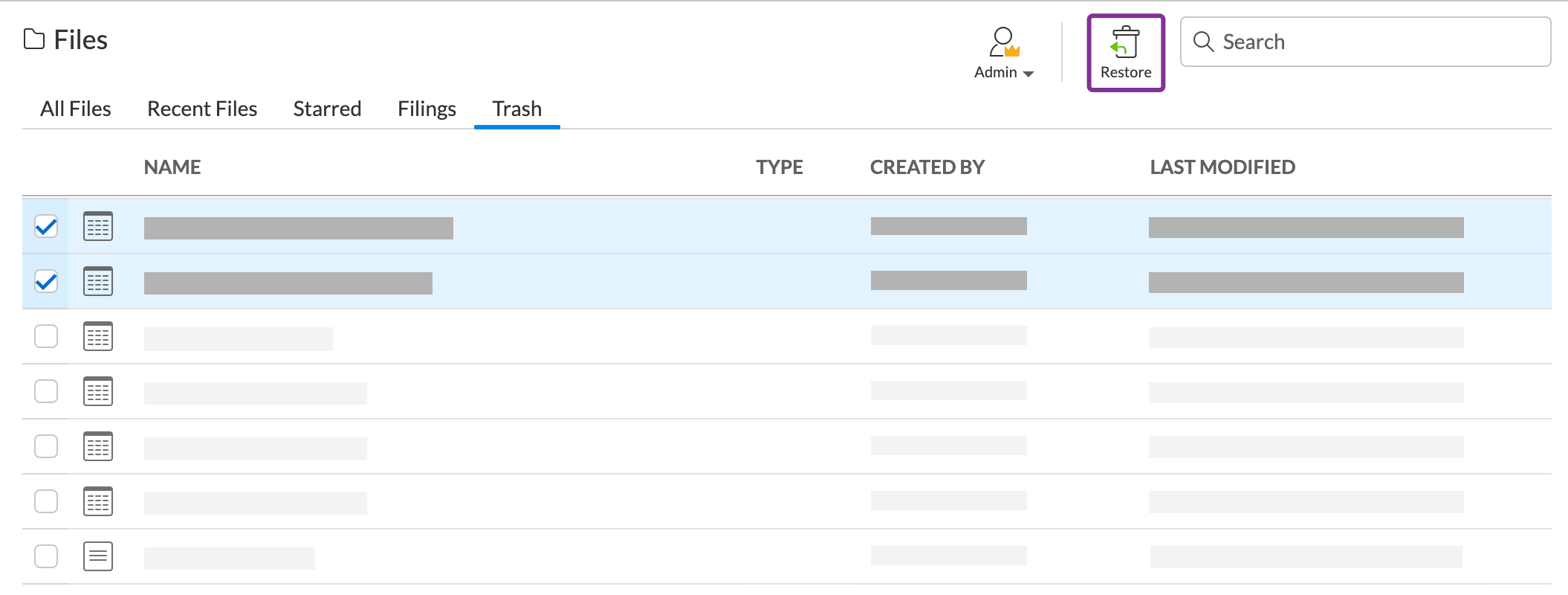
- #GARBAGE SUPPORT MICROSOFT NTFS FILE SYSTEM PC#
- #GARBAGE SUPPORT MICROSOFT NTFS FILE SYSTEM MAC#
- #GARBAGE SUPPORT MICROSOFT NTFS FILE SYSTEM WINDOWS#
#GARBAGE SUPPORT MICROSOFT NTFS FILE SYSTEM WINDOWS#
Windows cannot access this format in any capacity.
#GARBAGE SUPPORT MICROSOFT NTFS FILE SYSTEM MAC#
HFS and APFS have universal support on newer Mac operating systems.Macs are able to read this format, but cannot write files. NTFS has universal support on Windows.Common file system formats are NTFS, HFS, APFS, exFAT, and FAT32.When sharing files across different operating systems, it is important to make sure the media (transfer device) is of a file format supported by both platforms.Using an external hard drive or USB flash drive Use the Quick Search bar to type in \\, followed by the address of the Mac.Next, we need to connect to the Mac machine from Windows.It will be listed at the top of the sharing window. Make a note of the address (IP or Hostname) of the Mac.Ensure Share files and folders using SMB (Windows) is checked.


Next, we need to connect to the Windows machine to the Mac.Select Change advanced sharing settings.Click Turn on File and Printer Sharing.This process is different depending on the version of Windows. File sharing first needs to be enabled on the Windows machine.Most affiliations at the university are eligible for 1 TB of storage space at this service hosted by Microsoft. Other options include using a USB storage device (USB flash drive or hard drive) and using Microsoft OneDrive.
#GARBAGE SUPPORT MICROSOFT NTFS FILE SYSTEM PC#
Once the machines are connected, you can use either the Mac or the PC as the host. The first option detailed in this article involves sending files over a network. There are multiple ways to accomplish this task. How do I transfer files between Windows and macOS? Solution


 0 kommentar(er)
0 kommentar(er)
